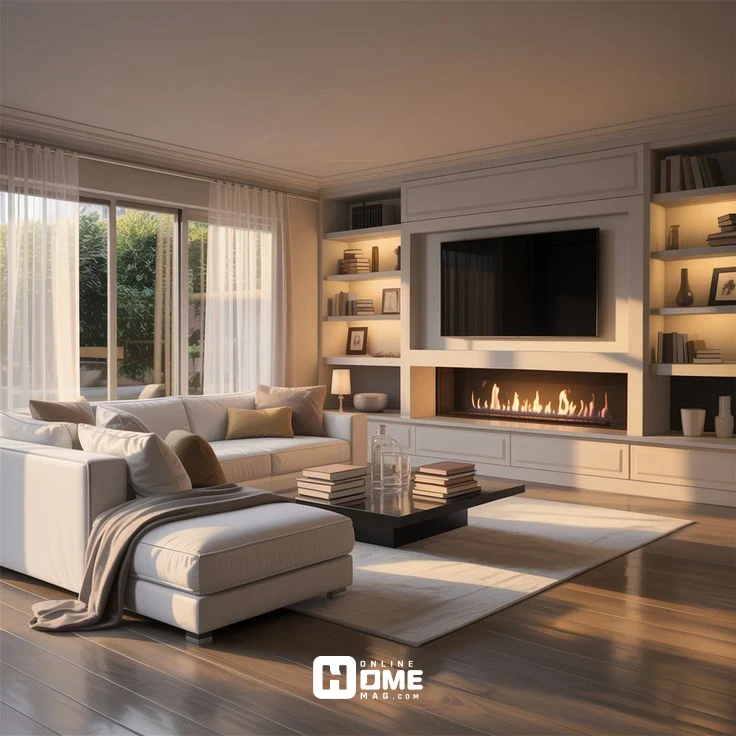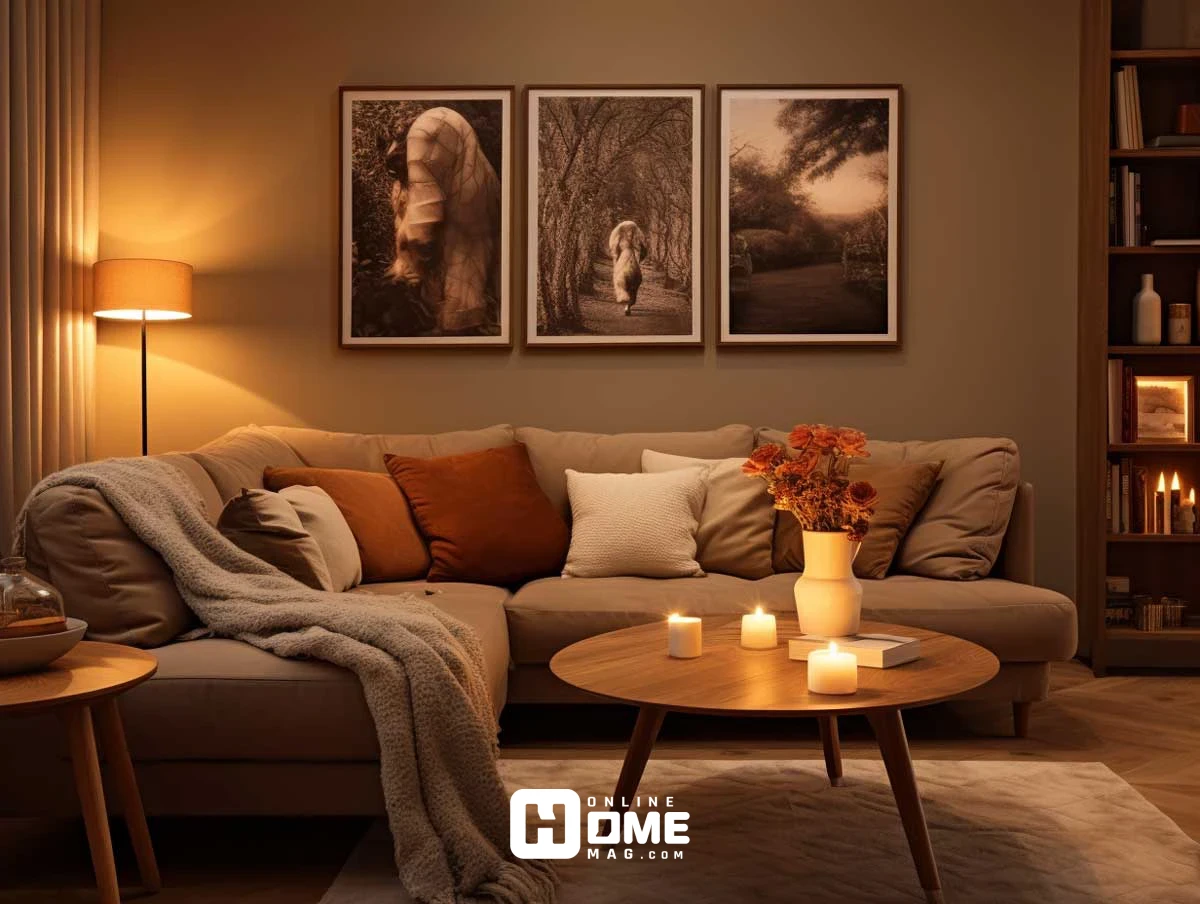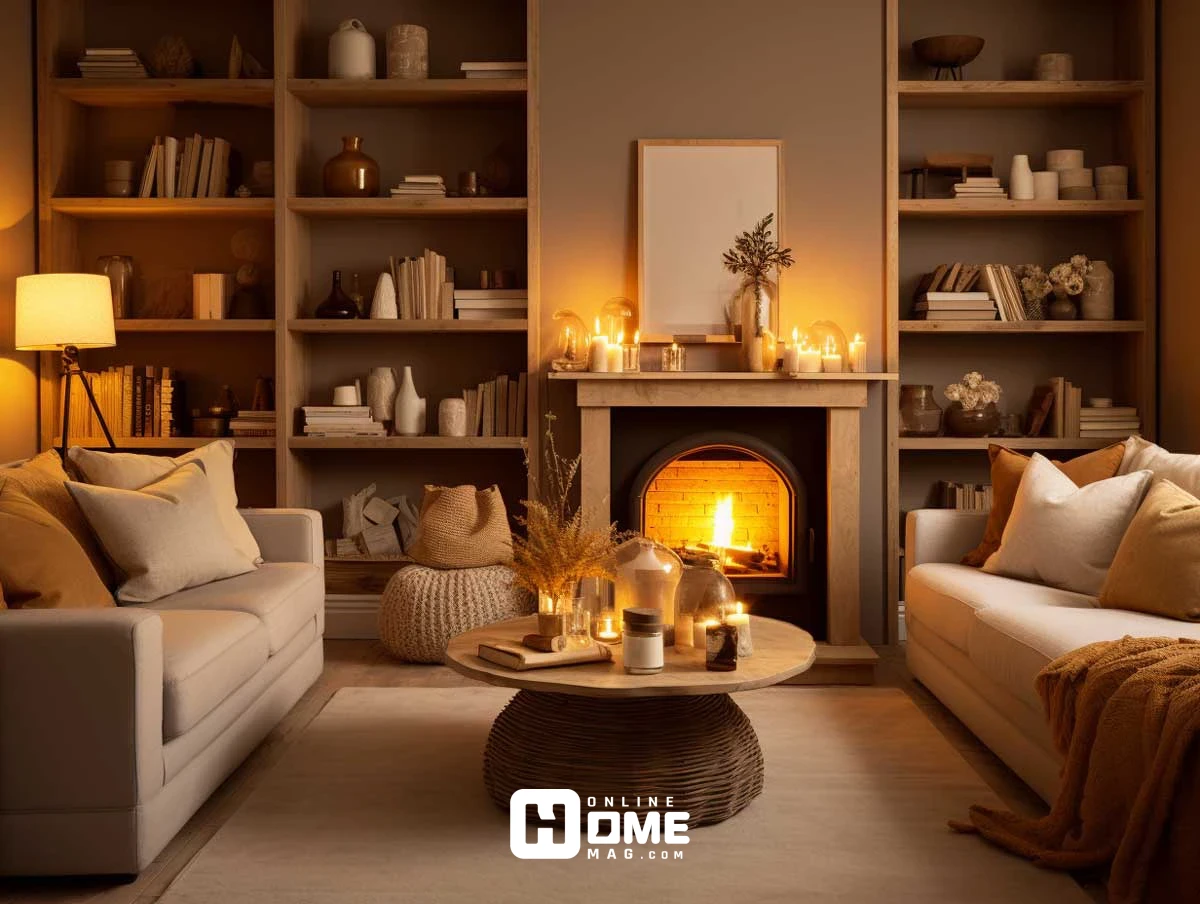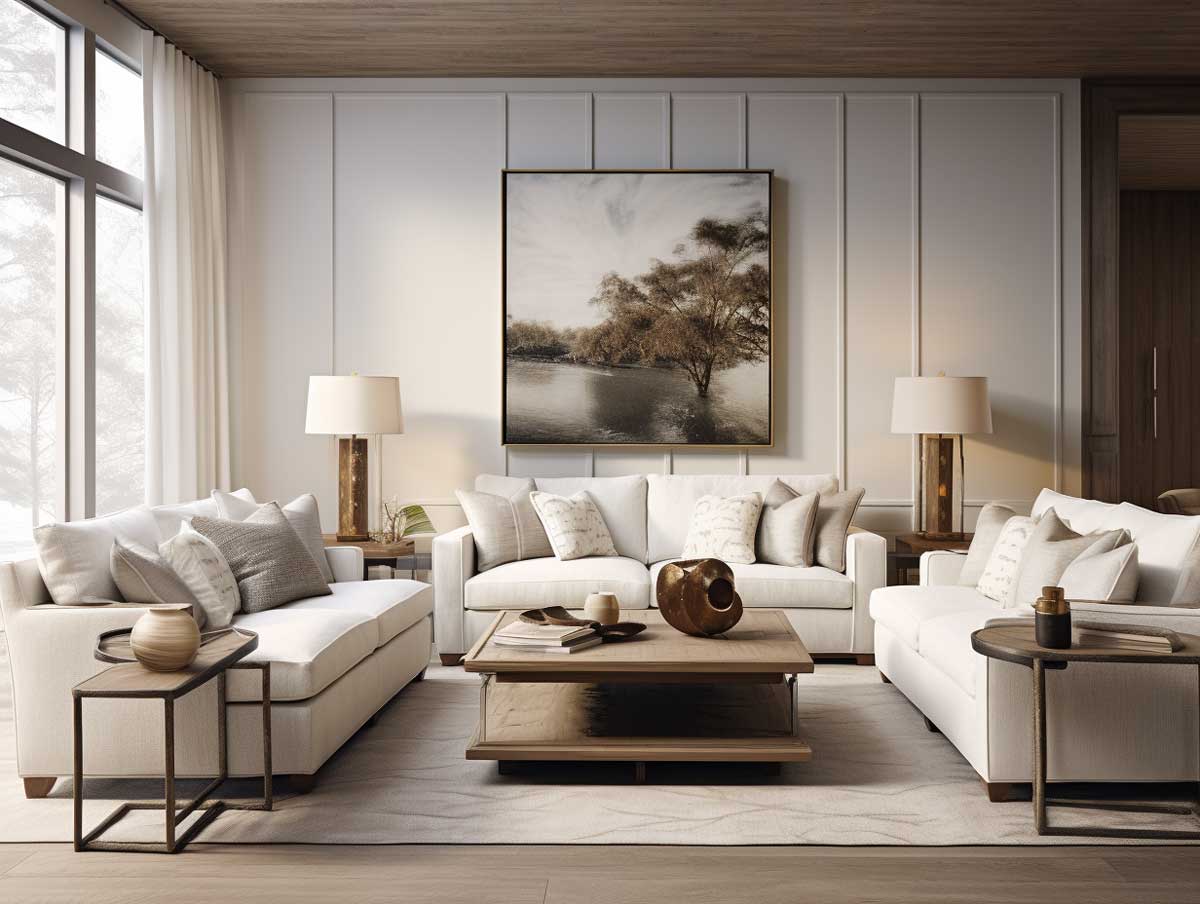🕓 Last updated: July 20, 2025
What Is Light Color Temperature and Why It Matters
Light color temperature refers to the visual warmth or coolness of a light source, and it’s measured in Kelvin (K). This simple number can have a huge impact on how your space feels—whether it’s cozy and relaxing or bright and energizing. Choosing the right color light for living room use is essential because it affects mood, comfort, and even how your décor looks. Warmer tones tend to create a calming atmosphere, while cooler tones may feel too harsh for lounging areas.
Here’s how it works:
| Kelvin (K) | Light Tone | Creates a Mood That Feels | Best Used In |
|---|---|---|---|
| 2700K–3000K | Warm White | Soft, calm, inviting | Living rooms, bedrooms |
| 3500K–4100K | Neutral/Cool White | Clean, focused, balanced | Kitchens, bathrooms |
| 5000K–6500K | Daylight | Crisp, alert, energizing | Garages, home offices |
For most homes, especially the living room, the ideal choice is warm white (2700K–3000K). This range mimics the soft glow of sunset or candlelight—perfect for relaxation, entertaining, and cozy evenings.
So next time you shop for bulbs, don’t just think about brightness—think about how the color temperature will shape the atmosphere of your room.

Why Warm Light Works Best
- Comfortable Atmosphere: Warm light mimics the colors of sunset and candlelight—ideal for relaxing after a long day.
- Enhances Décor: It brings out the richness in furniture, fabrics, and flooring, especially in wood tones and earth colors.
- Gentle on the Eyes: Especially at night, warm light reduces strain and helps prepare the body for rest.

When to Use Neutral or Cool Light
Although warm tones dominate in most living rooms, there are moments when cooler or neutral white light is helpful:
- Task Areas: Reading nooks or workspaces within the living room may benefit from 3500K–4100K lighting.
- Modern Aesthetics: Clean, minimal interiors may look sharper with neutral tones—just balance with warmer ambient lights.
Pro Tip: Install smart bulbs that let you shift color light for living room use depending on the time or activity.
Layering Light for the Perfect Living Room
A well-lit living room relies on layered lighting. Instead of using just one ceiling fixture, mix and match:
- Ambient Lighting
- Ceiling fixtures or chandeliers
- Use warm white bulbs (2700K–3000K) for general light
- Task Lighting
- Floor lamps, table lamps, adjustable lights
- Choose neutral white for tasks like reading
- Accent Lighting
- Spotlights, LED strips, sconces
- Add drama and focus using dimmable warm lighting
Layered light not only improves functionality but also gives depth and character to your room.
How to Choose the Right Bulbs
When shopping, look beyond wattage—focus on Kelvin temperature and CRI (Color Rendering Index):
- Kelvin (K): Tells you the color tone of the light (warm to cool)
- CRI: Ranges from 0–100; a CRI of 90+ ensures accurate, rich color representation—especially useful in living rooms
For the best color light for living room, consider:
- LED bulbs (energy-efficient, long-lasting)
- Smart/dimmable bulbs for custom control
- Matching color temperatures across all fixtures

Smart Lighting and Energy Efficiency
Modern living rooms can benefit from smart lighting that adapts to your needs:
- Control light color, brightness, and schedule via phone or voice
- Shift to cooler tones in the morning and warmer tones in the evening
- Choose ENERGY STAR–rated LEDs for long-term savings
Common Mistakes to Avoid
- Mixing too many color temperatures in one space
- Overlighting the room without creating mood or contrast
- Ignoring task-specific lighting needs
- Using cold white lights that feel harsh or clinical
The perfect color light for living room spaces is usually in the warm white range (2700K–3000K). It enhances comfort, complements most interior styles, and promotes relaxation. Use cooler tones sparingly for specific tasks or modern accents, and always aim for a layered lighting design to make the room functional, inviting, and beautiful.


